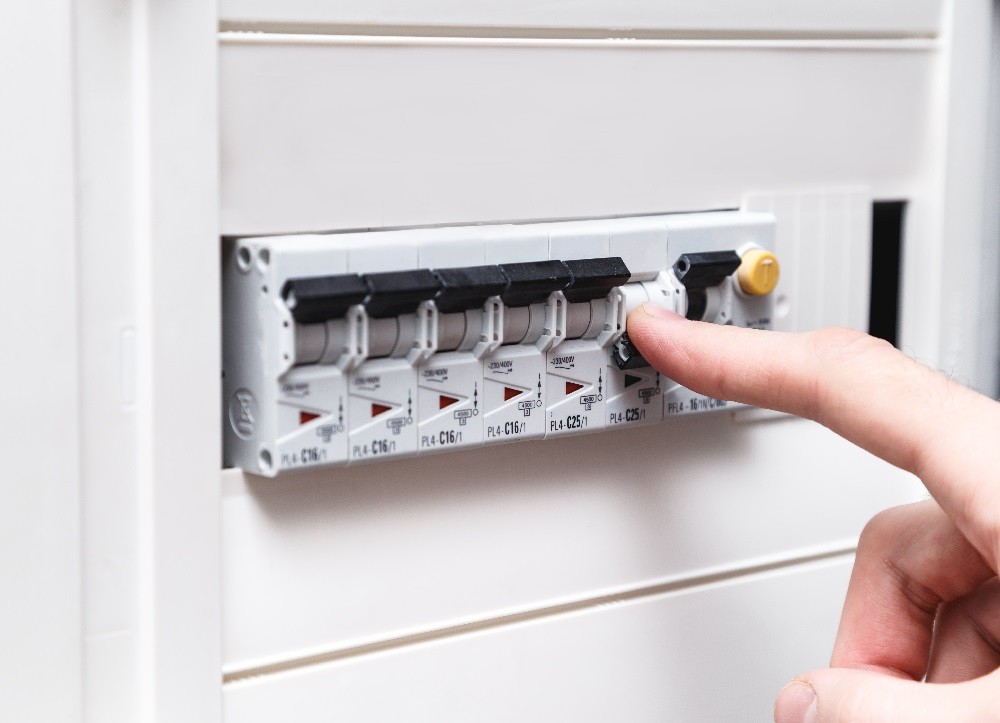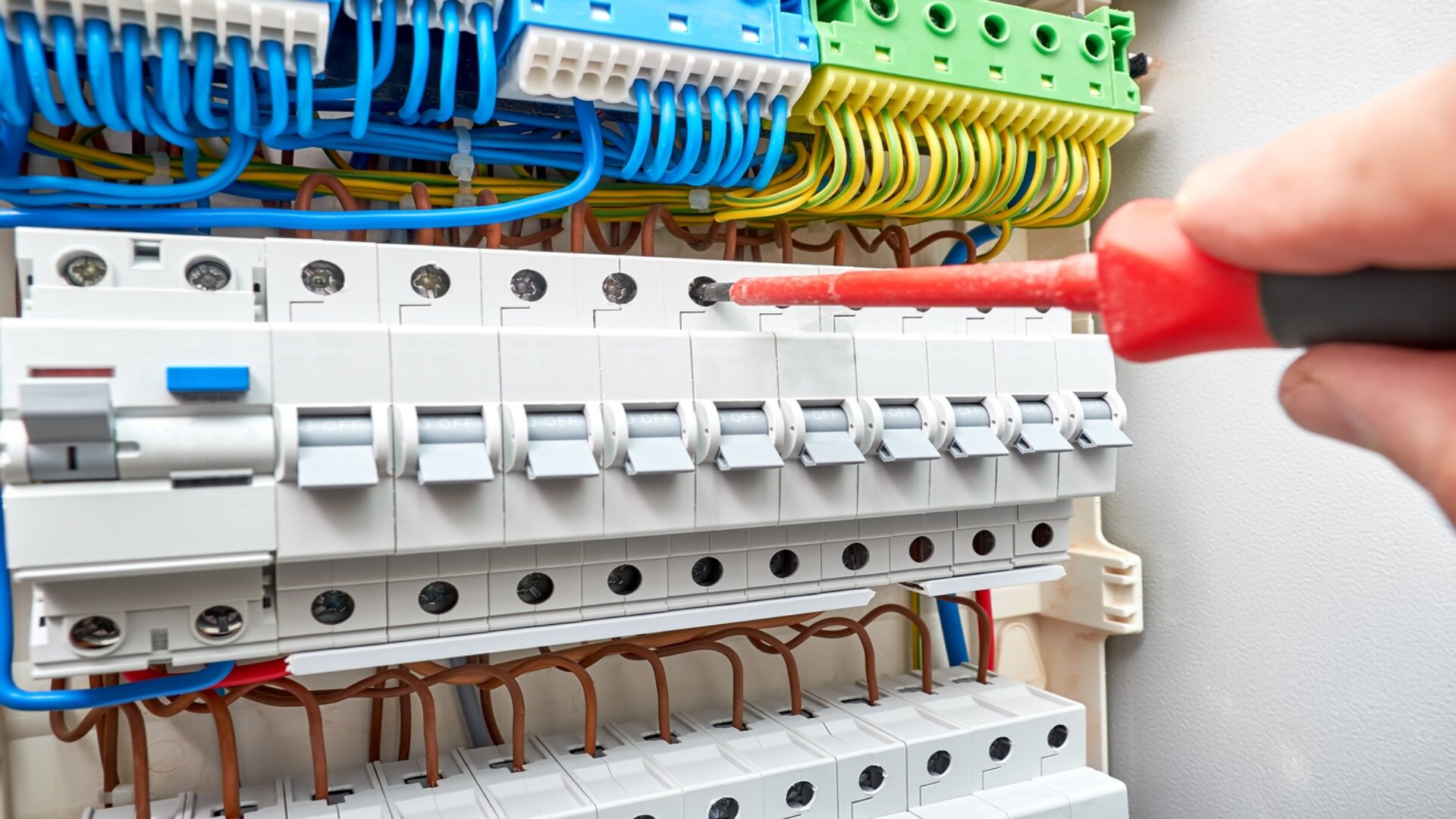When you flip a light switch, plug in your electronics, or power up your air conditioner. A key piece of equipment ensures everything runs smoothly, which is the switch board. This often overlooked part of the electrical system controls and distributes power throughout your home or business. But what exactly is a switchboard, and why is it so important?
We’ll explore everything you need to know about electrical switchboards, from their functions to maintenance tips, so you can understand how to keep your electrical system running safely and efficiently.
What is an Electrical Switch board?

An electrical switch board is a crucial device used to distribute electrical power throughout your property. It serves as the central control panel where electricity enters your building and is then divided into various circuits to power different areas of your home or office. Essentially, it acts like a traffic controller for electricity, directing power to where it is needed.
Switchboards are made up of several components, including fuses, circuit breakers, and busbars, which work together to manage electrical flow. Without a switchboard, your electrical system would lack organization and safety, potentially leading to dangerous overloads.
The Key Functions of a Switch board

A switchboard plays a vital role in the efficient functioning of your electrical system. Here are the main functions it performs:
- Power Distribution: It distributes electricity to various parts of the building through separate circuits.
- Protection: Switchboards contain circuit breakers or fuses that automatically shut off power in case of a fault, preventing electrical hazards like fires or damage.
- Monitoring and Control: Some switchboards come with meters that monitor power usage, helping you manage energy consumption.
- Emergency Shutoff: In case of an emergency, the switchboard allows you to turn off power to the entire system, reducing the risk of electric shock or fire.
Types of Switch board
Switchboards come in different sizes and types, depending on the application and the complexity of the electrical system. Here are the most common types:
1. Main Switchboards

These are used to control and distribute electricity from the main power supply. They are often found in commercial buildings or large homes.
2. Sub-Distribution Switch board

These switchboards distribute power from the main switchboard to specific areas of a building, such as separate floors or sections.
3. Distribution Boards

Typically smaller, these are used in residential homes to manage power flow to various rooms or appliances.
4. Motor Control Centers

Used mainly in industrial settings, these switchboards manage and control electrical motors and other large equipment.
Key Components of a Switch board
A typical switchboard includes several key components that work together to ensure safe and effective power distribution. These components include:
1. Busbars

Busbars are metal strips or bars that carry electrical power and distribute it to various circuits.
2. Circuit Breakers

Circuit breakers automatically turn off the power to a circuit if it gets overloaded or experiences a fault, protecting both the system and users from damage.
3. Fuses

Like circuit breakers, fuses protect circuits by blowing out when excessive current flows through them. Unlike circuit breakers, they need to be replaced after they blow.
4. Meters

Some switchboards include meters to track electricity consumption, helping homeowners and businesses monitor their usage and save on energy costs.
How Does a Switch board Work?

The switchboard serves as the point where electricity enters a building and is distributed to various parts of the system. Here’s a simple breakdown of how it works:
- Power Source: Electricity comes from the main supply and enters the switch board.
- Main Switch: The main switch is used to control the overall power supply to the building. Turning it off will disconnect all power.
- Circuit Breakers: From the main switch, electricity flows through circuit breakers, which split the power into different circuits. Each circuit serves a different part of the building, like lighting, outlets, or appliances.
- Distribution: The electricity flows through busbars to the designated circuit. If there’s an issue like an overload, the circuit breaker will trip and stop the current, protecting the system.
Why is Switch board Maintenance Important?

Just like any other part of your electrical system, regular maintenance of your switchboard is essential for safety and efficiency. Neglecting your switchboard can lead to issues such as electrical overloads, fire risks, or even system failure. Here are some key maintenance tips:
- Check for Overheating: Switchboards should never feel hot. If they do, it could indicate an overload or poor connection.
- Inspect for Damage: Regularly check for signs of wear, such as cracked covers, burnt components, or loose wires.
- Ensure Cleanliness: Dust and dirt can cause overheating or poor connections. Keep your switchboard clean and dry.
- Test Circuit Breakers: Make sure your circuit breakers are working properly by testing them periodically. A faulty breaker may not trip in the event of an overload.
- Hire a Professional: Always hire a licensed electrician to perform maintenance or repairs. Working with electricity can be dangerous.
Common Switch board Problems and How to Fix Them

Even with proper maintenance, problems may still arise. Here are some common issues and how to address them:
1. Tripping Circuit Breakers
- Cause: Overload, short circuit, or faulty appliance.
- Solution: Identify the cause by unplugging devices and resetting the breaker. If it continues, consult an electrician.
2. Burnt or Smelly Switch board
- Cause: Overloaded circuit or damaged wiring.
- Solution: Shut off the power immediately and call a professional for repairs.
3. No Power Supply
- Cause: Blown fuse or tripped main breaker.
- Solution: Reset the main breaker or replace the fuse. If the issue persists, seek expert help.
How to Choose the Right Switch board for Your Home or Business

Selecting the correct switchboard for your needs is crucial for the safe operation of your electrical system. Here are some factors to consider:
- Size of the Property: Larger properties or commercial spaces require bigger switchboards with more circuits.
- Electrical Load: Ensure the switchboard can handle the total load of all devices you plan to use.
- Safety Features: Look for switchboards with built-in circuit breakers and surge protection.
- Compliance with Standards: Ensure your switchboard meets local electrical codes and regulations.
Conclusion
Understanding how electrical switch board work and how to maintain them is essential for keeping your home or business safe and powered efficiently. By learning the basics such as their functions, types, components, and maintenance tips. You can ensure your electrical system operates smoothly for years to come. If you’re unsure about anything or need help with installation, don’t hesitate to consult a professional electrician.
Remember, a well-maintained switchboard is key to protecting your property, your devices, and most importantly, your safety.












